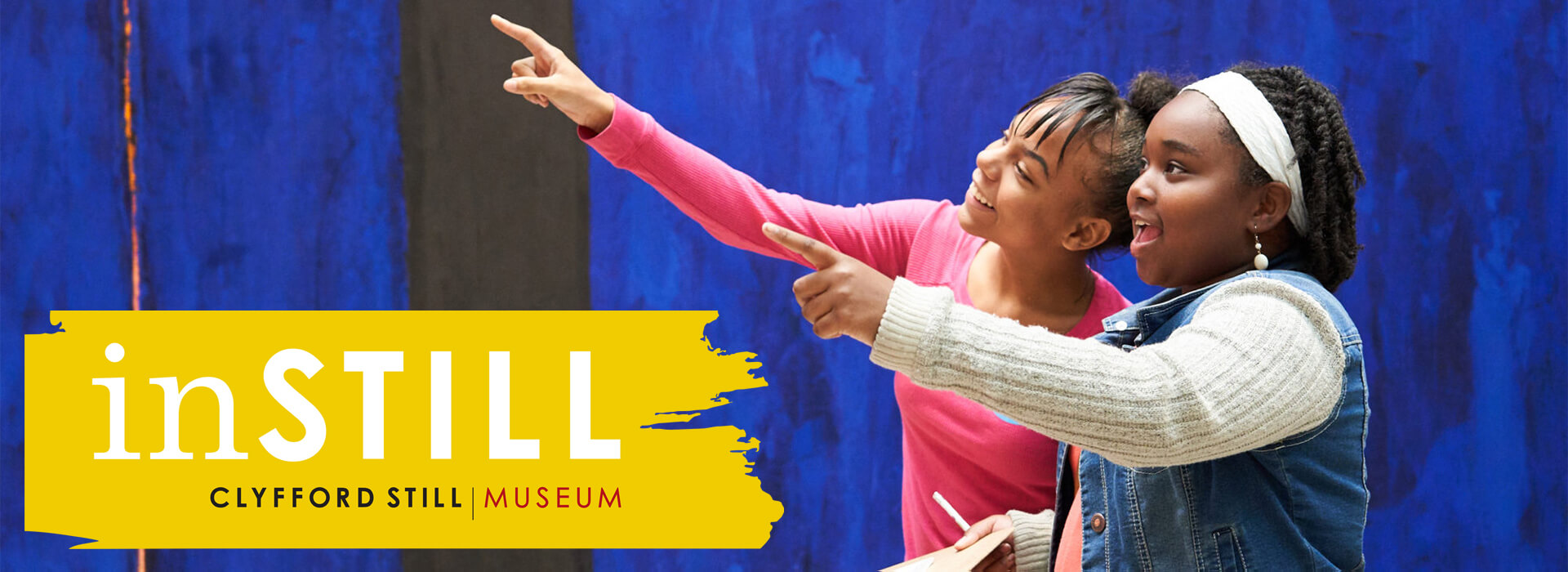This game is a variation on a comparative analysis with two artworks. Students are asked to think like curators to find paintings that could be paired together. Then, students will consider the dynamics of the paintings’ relationship. This activity gets students looking, thinking in new ways, and describing and defending their ideas.
Time: 10-15 mins
Materials:
- Selection of 5-6 paintings (fewer choices, recommended for younger students)
- CSM online collection (many choices, recommended for older students)
Preparation:
Put students at ease by reminding them that there are no wrong answers when sharing their opinions about art.
Steps:
- Depending on students’ ages and how much time you have, decide if students will choose from a small selection of artworks or if they can choose any artwork they find in the CSM online collection.
- Students could do this activity individually or in pairs.
- Introduce the word curator. Have students heard that word before? Where? What does it mean to them?
- Curators make decisions about what art goes on the walls of a museum. Often, curators put artworks together according to a theme. Curators need to be skilled at explaining their ideas and why they made their choices.
- Students will act as curators by deciding which two artworks will go on a date/be friends (adjust this language for your students).
- Students should consider if they want to pair up artworks that are very similar, pair works that are very different, or pair works that complement each other.Once students have decided on the artworks they want to pair, ask them to consider:
- Why did you put these paintings together?
- What things do both these artworks agree on? Why?
- What do these artworks fight about? Why?
- What activities do these artworks do together? Why?
- What does each artwork bring to the relationship?
- Do these artworks stay together for a long time or do they break up?
- What do these artworks like about each other?
Additional note:
In 2019, German artist Jonas Burgert curated the Museum’s collection with a special interest in pairings, finding many possible relationships in Still’s art. Burgert’s pairings explored ideas like small-scale/monumental, vertical/horizontal, and sensitivity/intensity. Learn more about the exhibition.

